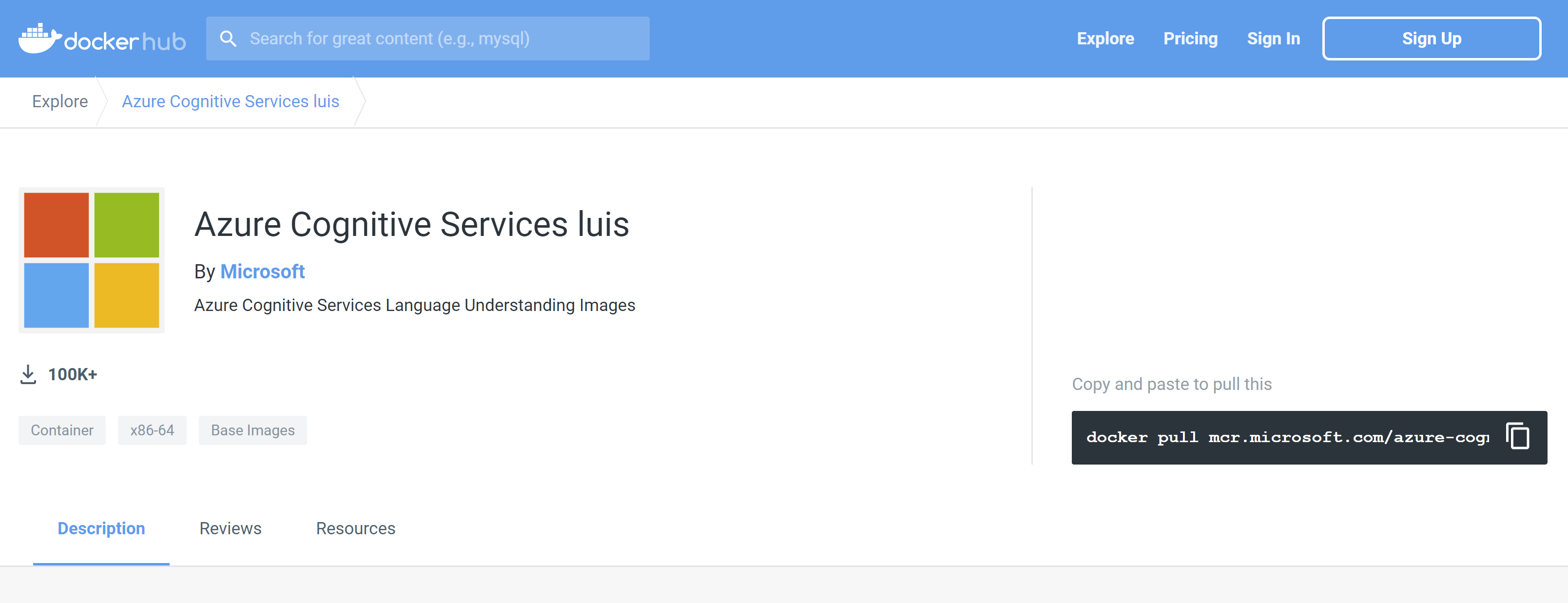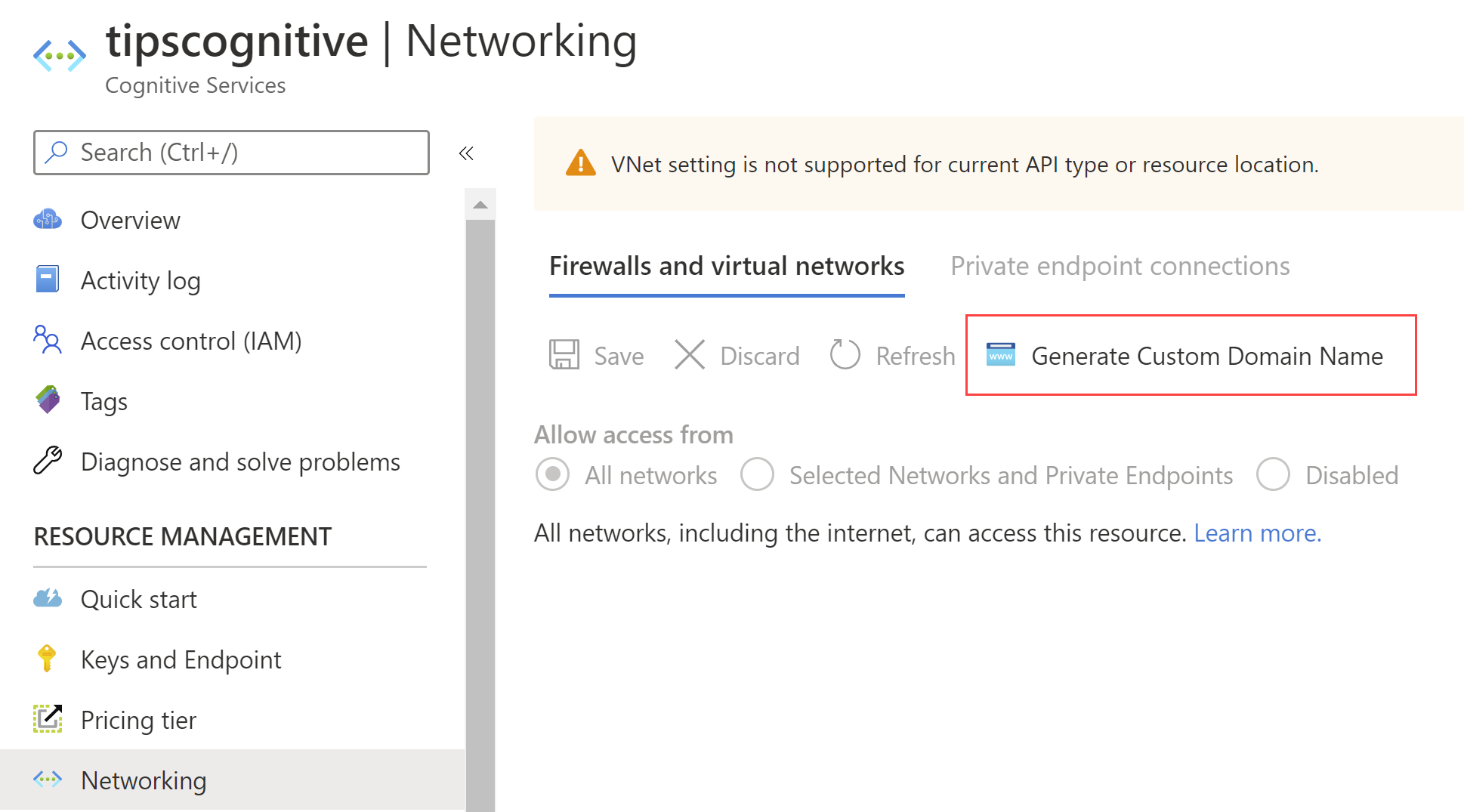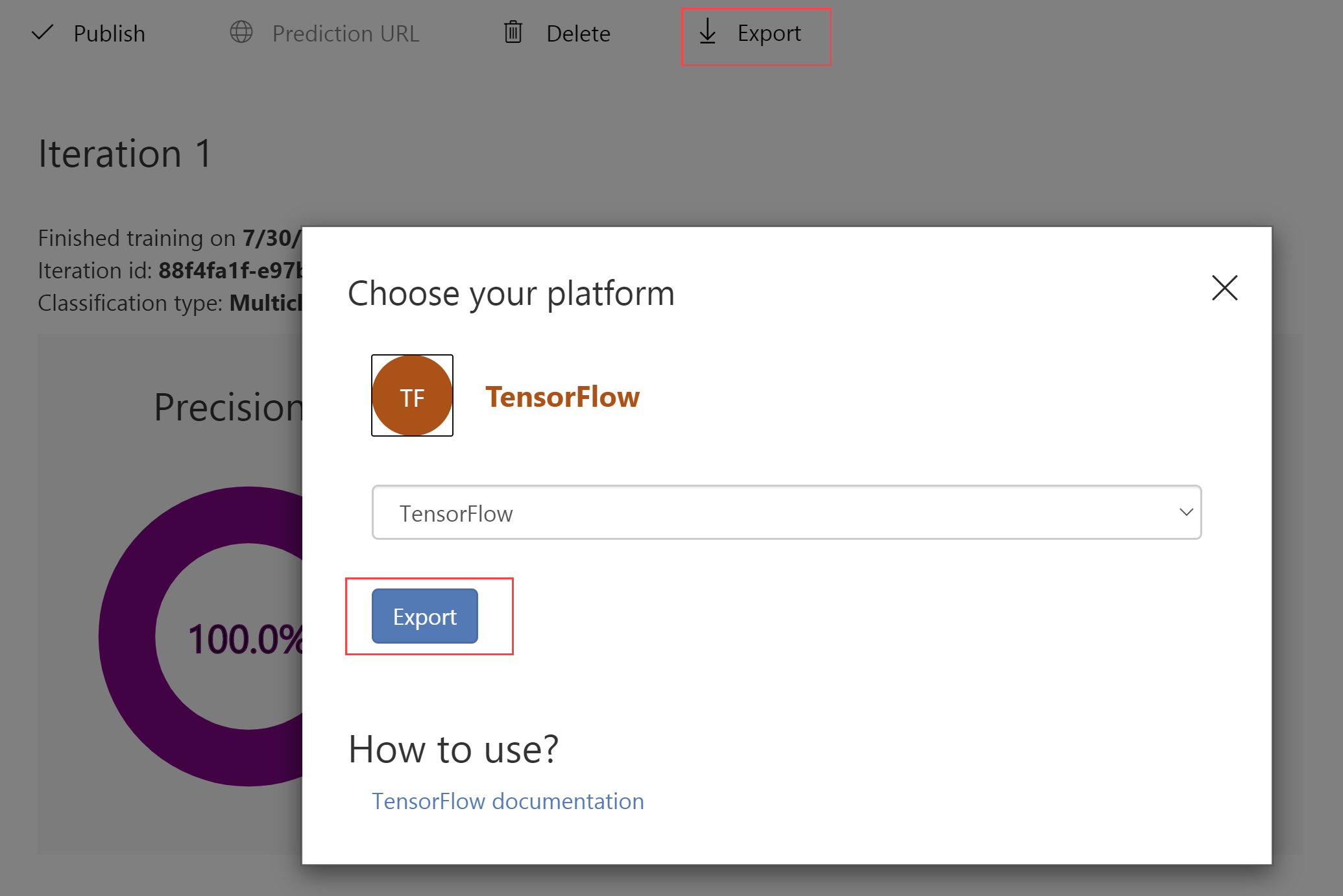TIP
🔥 Help shape the future of Azure Tips and Tricks by telling what you'd like for us to write about and filling out this form (opens new window).
💡 Learn more : Azure Cognitive Services documentation (opens new window).
💡 Checkout Azure AI resources for developers (opens new window).
📺 Watch the video : 5 Things you didn't know about Azure Cognitive Services (opens new window).
# 5 Things you didn't know about Azure Cognitive Services
# Azure Cognitive Services
Artificial Intelligence enables you to creates smart applications that go beyond simple forms-over-data. Azure Cognitive Services (opens new window) is a family of APIs that provide AI capabilities out-of-the-box, without the need to create algorithms and train them with massive amounts of data. There are Cognitive Services that translate text into another language or synthesize text to speech, others that recognize faces and objects in images and many more.
In this post, you'll read 5 things that you didn't know about Azure Cognitive Services.
# Prerequisites
If you want to follow along, you'll need the following:
- An Azure subscription (If you don't have an Azure subscription, create a free account (opens new window) before you begin)
# 1. Run Cognitive Services in a container
You can run Azure Cognitive Services in a container. This enables you to run them anywhere, including on your local machine and your own datacenter. For instance, you can run the Language Understanding Service (LUIS) (opens new window) in a container and run it on your own server. Learn how to get started with Azure Cognitive Services in containers here (opens new window).

(Run Azure Cognitive Services in container)
# 2. Endpoint Custom Domain Name
When you've created an Azure Cognitive Services resource, you can access it through a URL like https://eastus.api.cognitiveservices.azure.com/. You can customize this URL with a custom domain name. In the Networking menu, you can select the Generate Custom Domain Name button and fill in a domain name.

(Azure Cognitive Services custom domain name)
# 3. Export Custom Vision model for offline use
The Custom Vision Service (opens new window) enables you to create AI models for custom image data that you provide. You can use this to create an API that , for instance, can tell you if an image that you upload, contains a cat or a dog. Typically, you use models like these with mobile applications, which do not always have an internet connection. To help with that, you can export the AI model (opens new window) of the Custom Vision API to various formats, so that you can use it offline.

(Azure Cognitive Services export model)
# 4. Add analytics to the Bing Search APIs
Bing Statistics (opens new window) provides analytics for the Bing Search APIs in Cognitive Services. These analytics include call volume, top query strings, geographic distribution, and more. You can enable Bing Statistics in your Cognitive Service by selecting the Bing Statistics Add in button and confirming.

(Add Bing Statistics to Cognitive Services)
# 5. Cognitive Services API console
Cognitive Services are APIs that you talk to. And to talk to APIs, you need great documentation. You can find that in the Cognitive Services developer portal (opens new window), which also provides a playground for the APIs. Just select the API and method that you want to test and fill in the parameters, including your Cognitive Services subscription key, to create a request for the API and try it out.
(Azure Cognitive Services API console)
# Conclusion
Azure Cognitive Services (opens new window) enable you to use AI-as-a-service. And now, you know a little bit more about them. Go and check them out!
